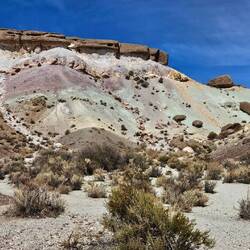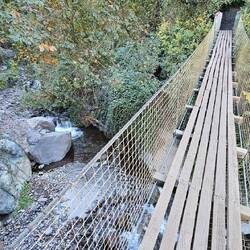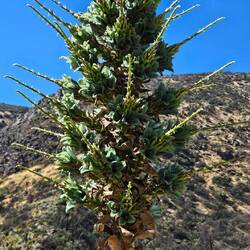Uspallata, Argentinien
 April 25 in Argentina ⋅ ☀️ 17 °C
April 25 in Argentina ⋅ ☀️ 17 °C
English 🇬🇧 see below.
In Uspallata fallen uns zuerst die zahlreichen schönen Pappeln auf, deren Blätter schon leicht herbstlich verfärbt sind. An der YPF-Tankstelle kaufen wir einen großenRead more

















 Chile
Chile



















































 Brazil
Brazil




Berni und Maria On Tour Genau da waren wir mit unserem WoMo auch 😉
Traveler Sehr cool! Und tolle Bilder 🥰
Sehr cool! Und tolle Bilder 🥰